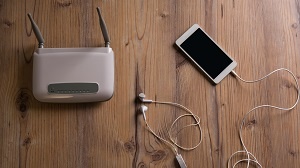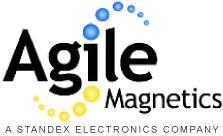Although Nikola Tesla first demonstrated wireless power transfer in 1890, it took over 100 years for it to offer any tangible benefits for real-world applications. The consumer electronics market, in particular, has greatly benefited from this technology.

Also known as inductive coupling, inductive power transfer (IPT), or resonant power transfer, wireless power transfer has advanced so much in recent years that it already has a global standard; established by the Wireless Power Consortium (WPC), the Qi (pronounced “chee”) standard sets requirements for interoperability, hardware such as magnetics, and more.
How it Works
Wireless power transmission involves transmitting energy from a transmitter via an oscillating magnetic field; this energy is then received by a receiver in such devices as a mobile phone or automobile.
This is a complex, multistep process. First, the transmitter, essentially a charging device, draws power from a standard power source, such as a wall outlet or, in in-field scenarios, a generator. The power is then converted into a high-frequency alternating current (AC) current. This high-frequency AC current is routed to a transmitter coil, generating an oscillating magnetic field that extends beyond the physical boundaries of the coil.
When placed near an active transmitter within the bounds of the oscillating magnetic field, a receiver detects the field. A receiver coil in the receiver converts the magnetic field’s energy to a high-frequency AC current. The receiver then converts this AC current to usable DC current, which can then be used to power the device. A receiver can be located inside of a device, as is the case for consumer electronics, or may be a bigger attachment or accessory for larger equipment.
How Agile Can Help
Largely due to advances in the magnetics industry — which Agile Magnetics has been proudly serving for over 20 years — the wireless power transfer industry is rapidly growing and evolving. While especially beneficial for the consumer electronics field, namely cell phones with wireless charging capabilities, wireless power transfer has promise for a range of applications, including industrial automation, renewable energy, and aviation.
To discuss how we can help with your wireless power design project, contact the team at Agile today.











Comments are closed